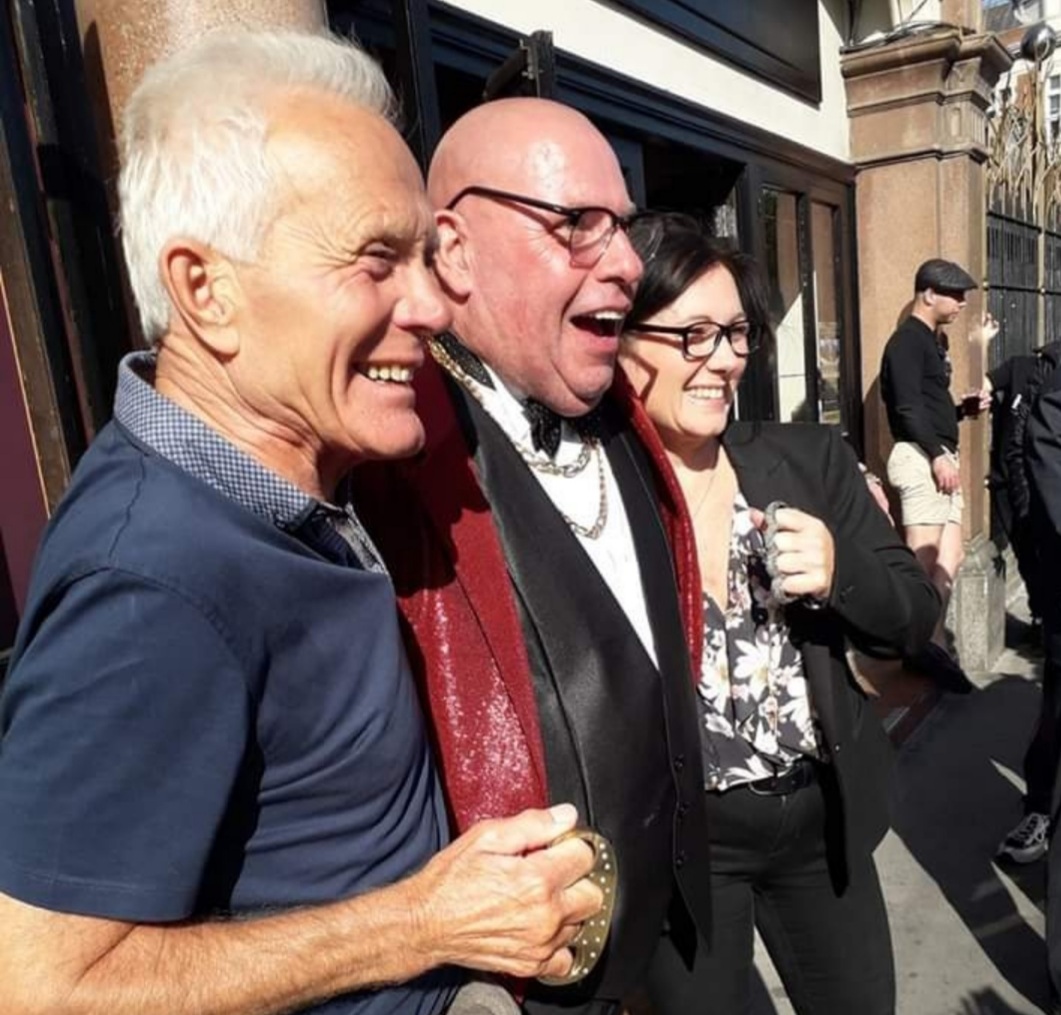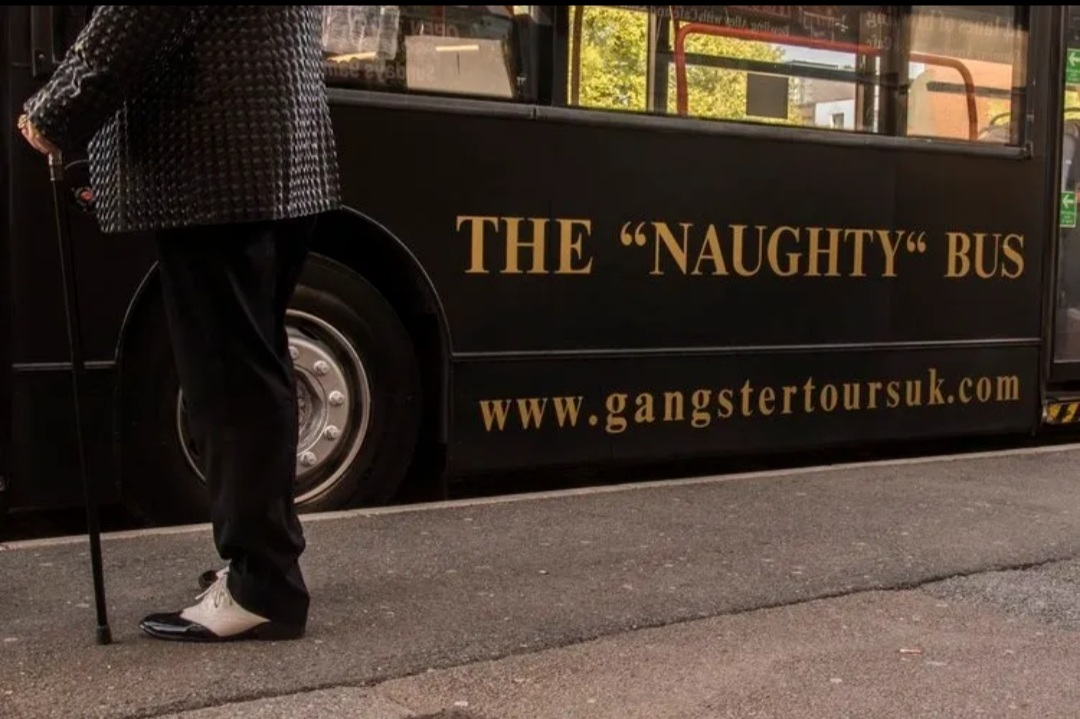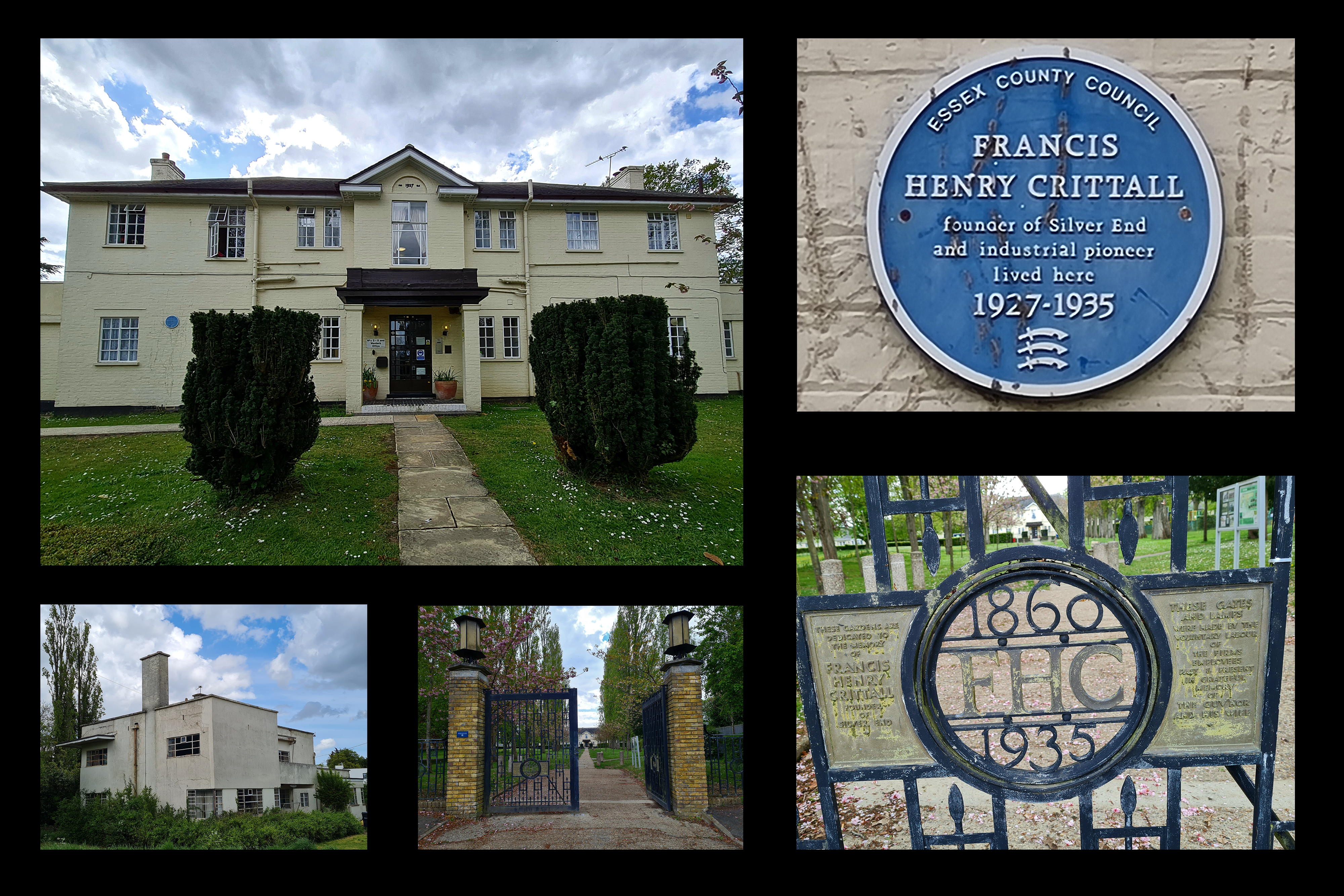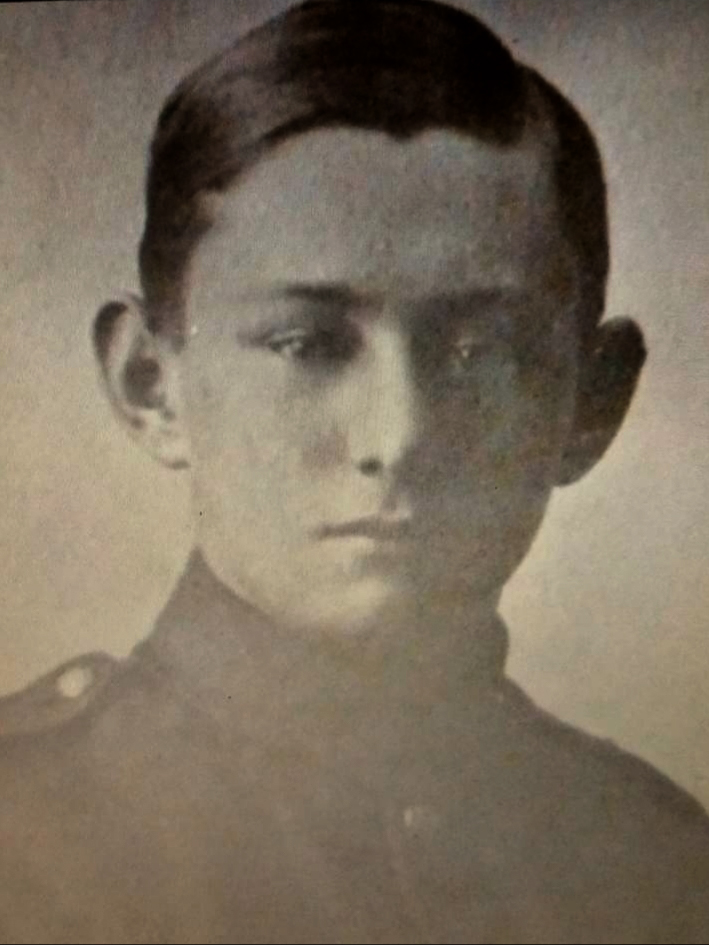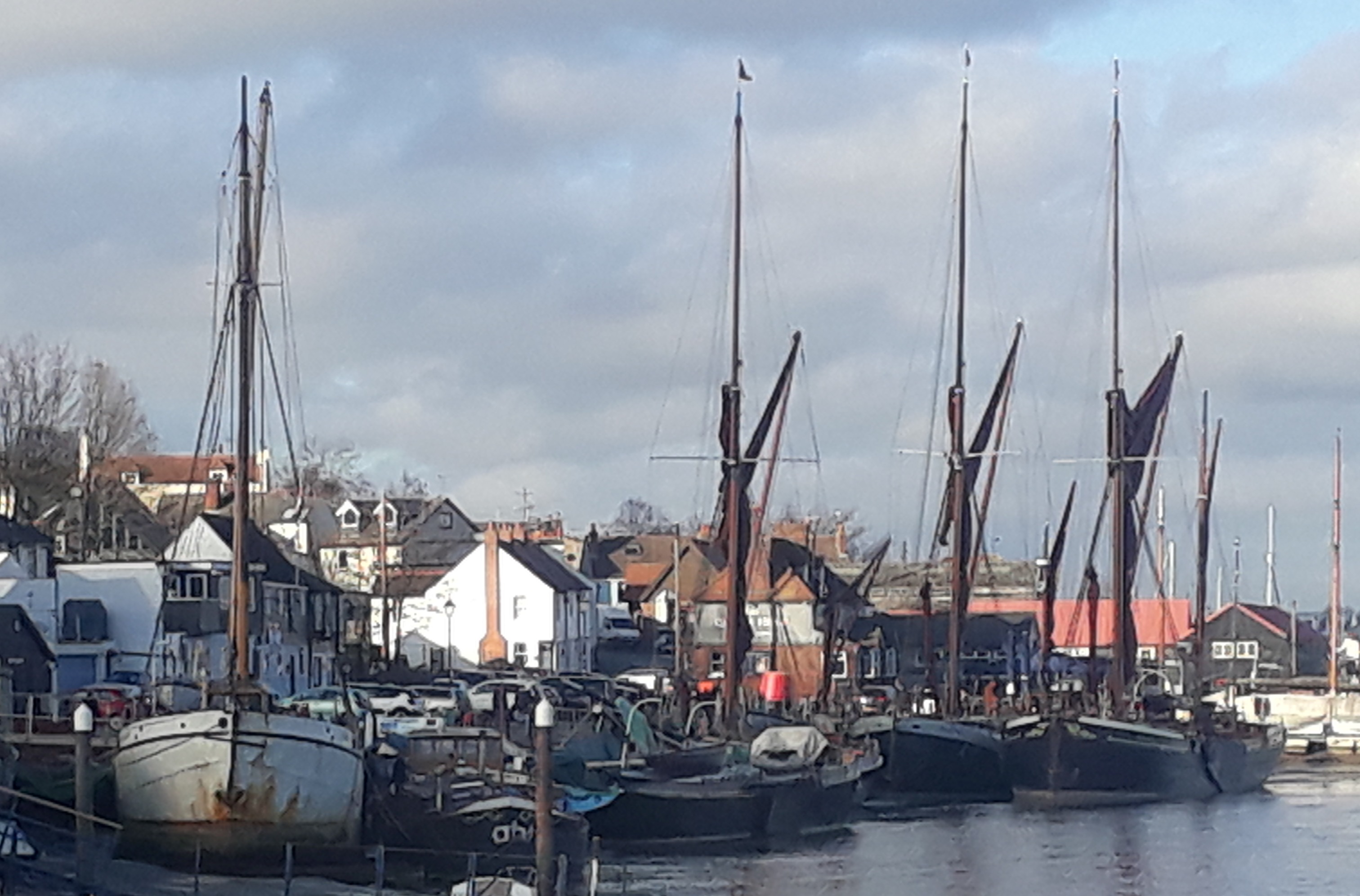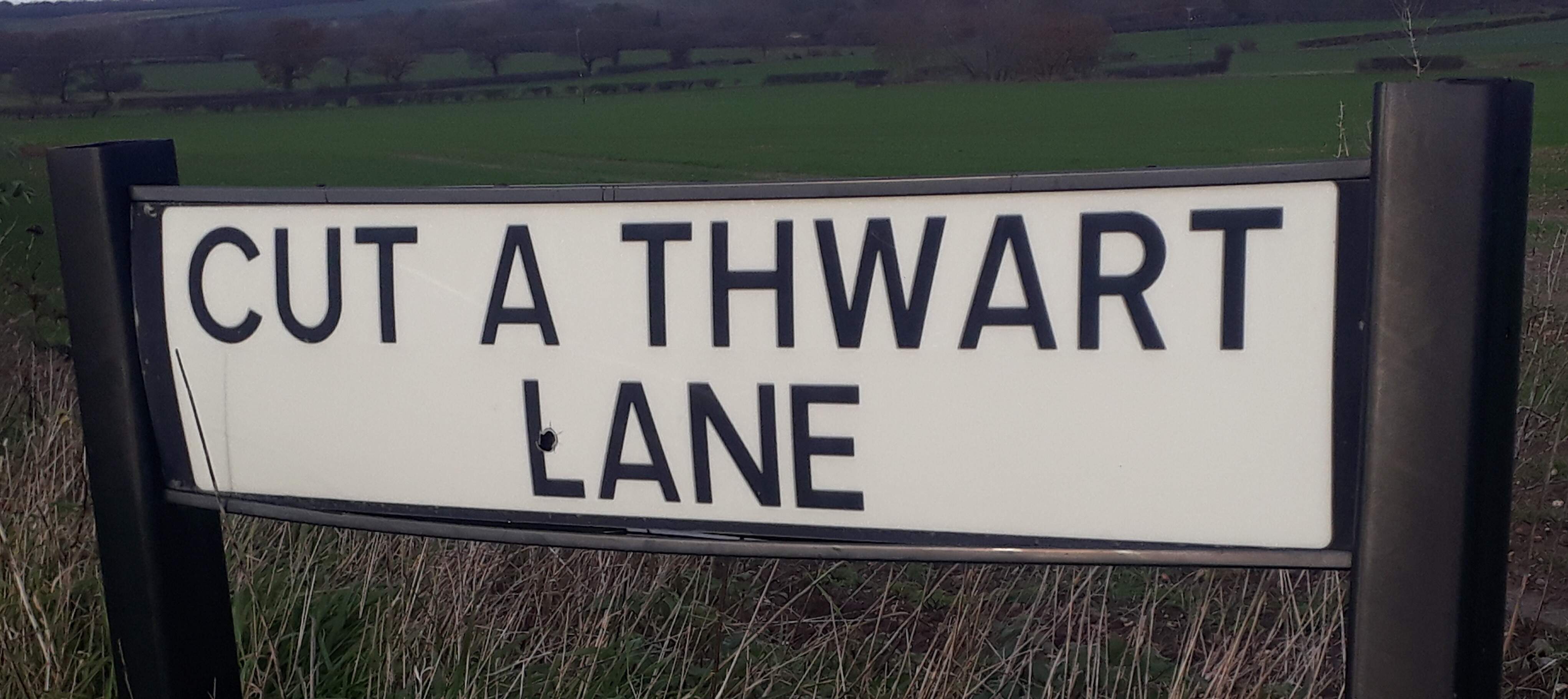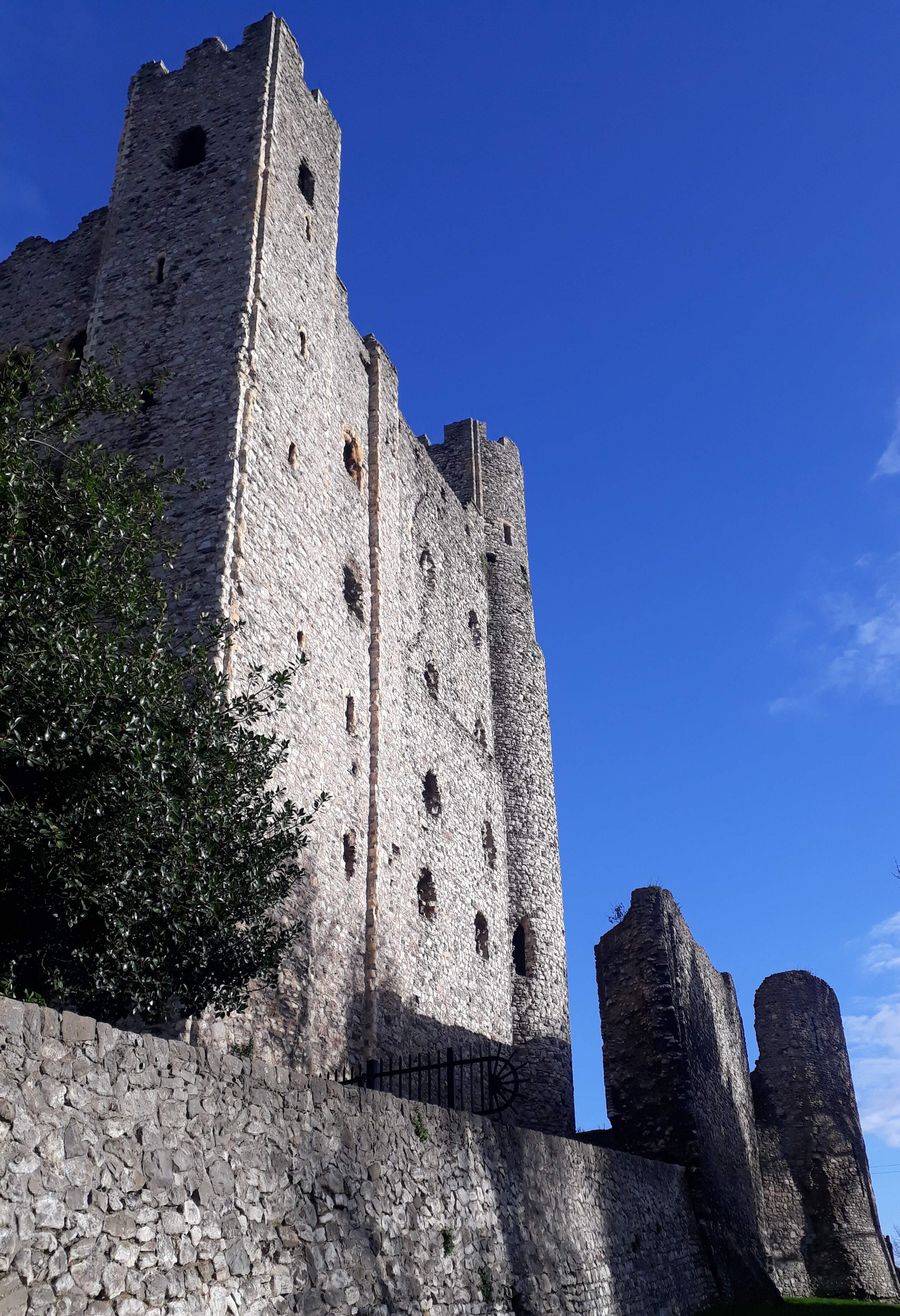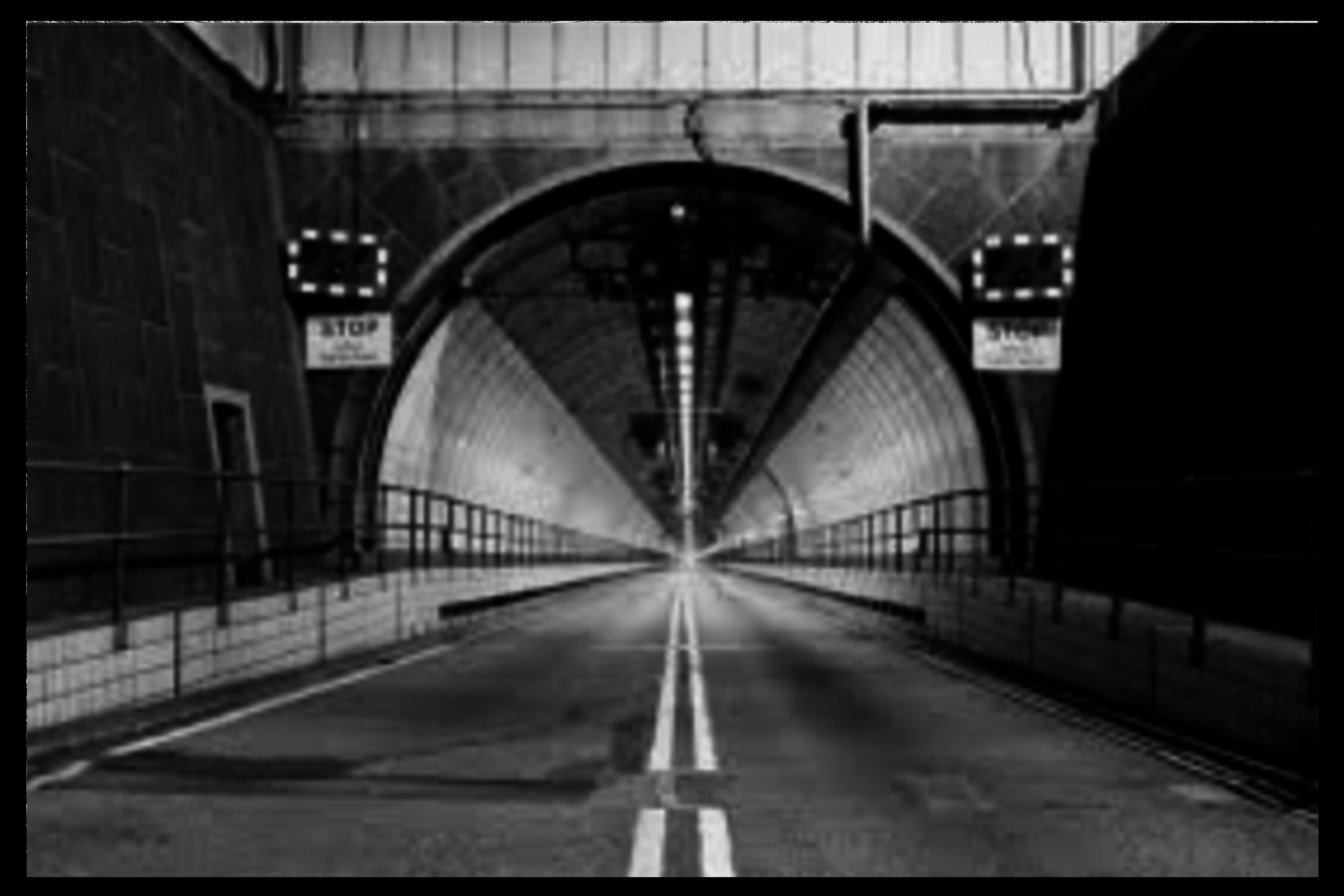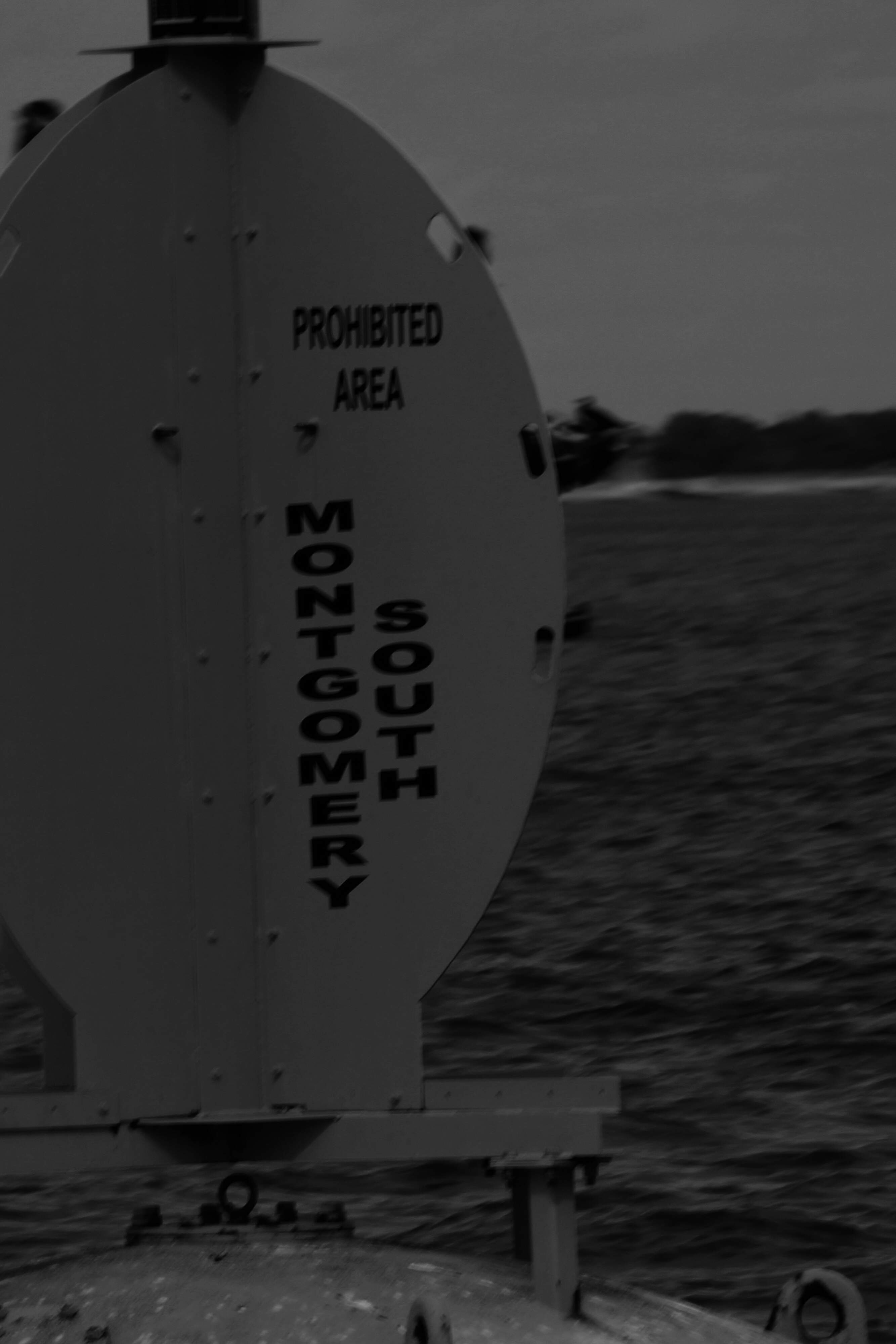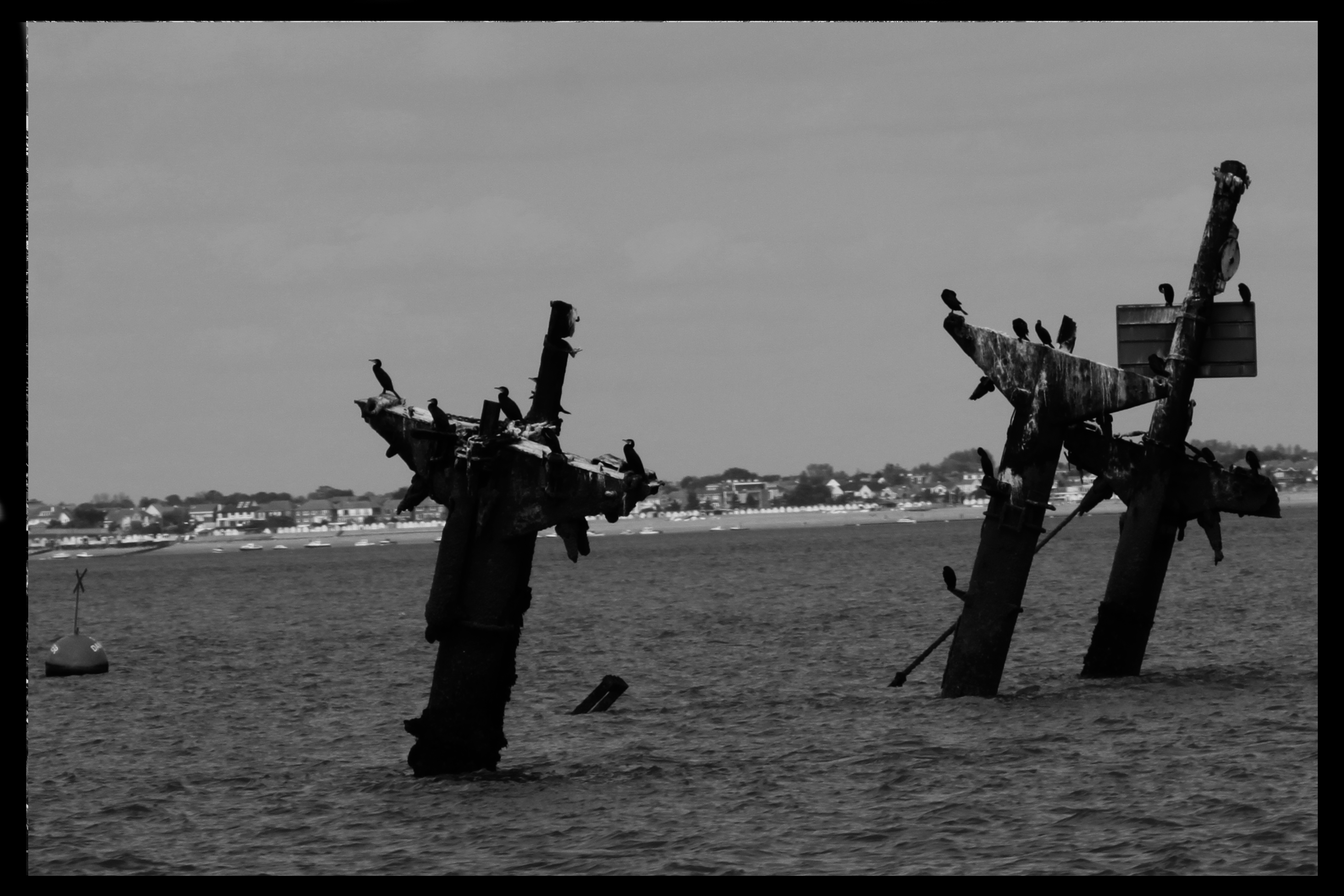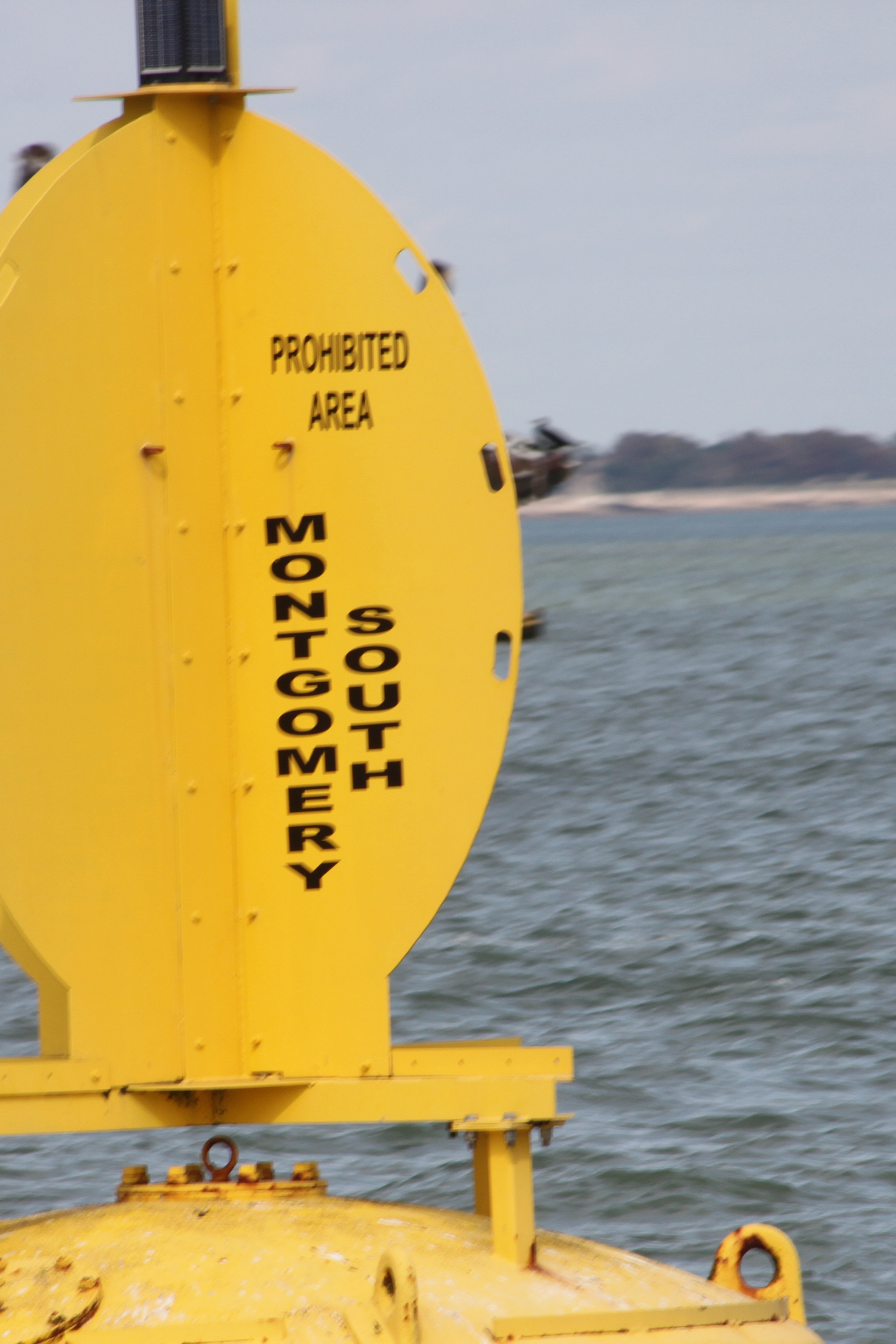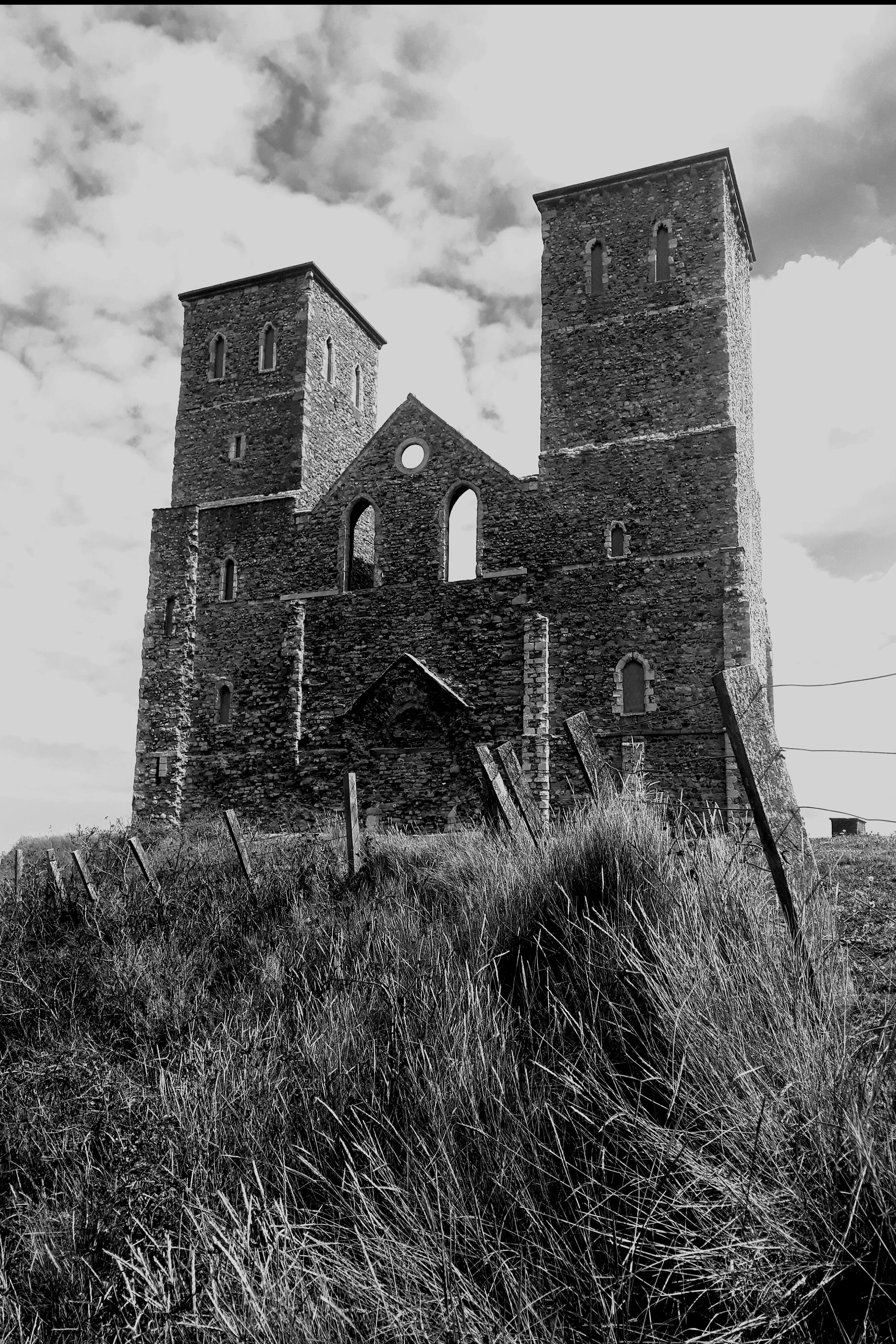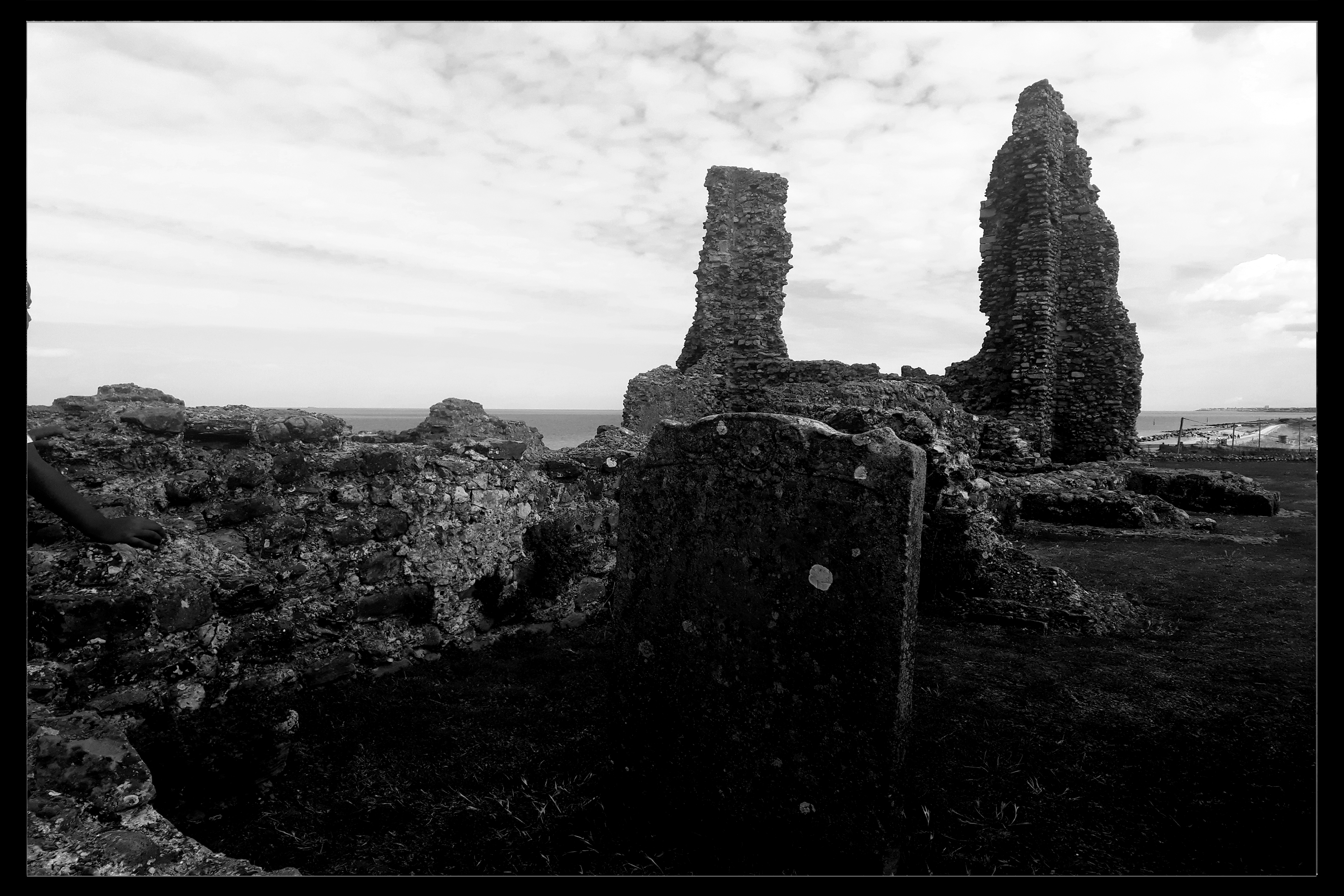Combating depression and other mental illness is important. I’ve spent the past few weeks discussing a few subjects close to my heart. This week it gives me great pleasure to share one of our amazing experiences from last week with you—and it comes with a little history too.
In overcoming claustrophobia after brain trauma I’m able to use London’s underground which is useful but the other side of that provides leisure opportunities such as this.
Margate has been a holiday destination for many years now. Del, Rodney and Uncle Albert take their mates from the Nag's Head on a disastrous day trip there in the now classic “Only Fools and Horses” comedy. But when you begin to scratch beneath the surface of this seaside resort destination there’s hidden history.
Margate caves, originally dug as a chalk quarry in the 17th and 18th centuries are an impressive sight. Consisting of a long tunnel leading to a series of chiselled archways, where you can view the original entry shaft, still showing where the ropes wore through the chalk.
Speaking with curators, who share stories with you, the mine was forgotten about until a gardener of the wealthy Margate gentleman, Francis Forster who had built his property above the site, fell through the ground and into the chalk mine below.
Forster, having moved from Northumberland, now held esteem in his new homestead for he had cold storage—for in 1807 refrigeration was rare—he could chill his wines in the ice Wells he had fashioned and created space to entertain the good and great of Margate.
Forster also commissioned artwork to be painted on the walls of his Caves. Many are still visible as they’ve been restored over the years. There have also been new paintings commissioned. These paintings weave the extraordinary history of Margate onto the walls of the cave and include drunken giants, ancient Kings and shameless smugglers... and much more.
The Manor that had once stood above, Northumberland House, has long gone. In its place stands the visitor centre, cafe and shop.


